Here at Blue Lime, we know how important it is to ensure that your board is protected against any and all potential risk. Today we’ll break down one form of risk management—risk transfer—and how it can help safeguard your community.
What is Risk Transfer?
To better understand what risk transfer is and how it can help your community, it’s best to break down all forms of risk management to see how it compares. As we see in Boardline Academy’s course on Risk Management, there are four basic ways to manage risk:
- Risk Avoidance – Avoiding the risk altogether.
- Ex: Your community decides to not open a community pool due to the potential liability risks that come with that type of feature, thus avoiding any risk.
- Risk Mitigation – Acting to reduce the possibility that the risk will result in a loss.
- Ex: Your community decides to open a pool in your community. Your community builds a gate around the pool and hires a lifeguard, reducing your community’s risk.
- Risk Retention – Accepting the risk and budgeting for any losses that occur.
- Ex: Your board sets aside a separate budget for any losses that might occur with your community’s pool.
- Risk Transfer – Transferring the risk to a third party, which will cover the loss if the risk is realized.
- Ex: Purchasing an insurance policy that covers your board on any losses that may occur with your community pool.
So, as you can see with the examples above, risk transfer is a form of risk management where you transfer the potential loss from an adverse outcome to a third party.
Forms of Risk Transfer
Now that you know what risk transfer is, let’s break down the different forms of risk transfer that are available:
Insurance
Insurance coverage is the most common form of risk transfer. Proper insurance coverage can protect an HOA financially from a myriad of potential losses, including:
- Losses to HOA property
- Injuries to people within the community
- Liability to others for harm or damage caused by the unintentional acts or omissions of its board members, committee members, employees, volunteers, and (to a limited extent) contractors.
Depending on the needs of your HOA, insurance coverage can vary. To gauge what kind of coverage is needed for your community, take a look at the size of your community, what property is owned and operated by the HOA and your community’s risk exposure.
With that in mind, here are some of the most common types of coverage that an HOA may have:
- Commercial Property – to insure the HOA’s real and personal property;
- Flood – to insure the HOA’s property against damage from certain types of floods;
- Commercial General Liability – to insure the HOA against personal injury and/or property damage caused to another person or their things that the HOA may be held legally liable for;
- Umbrella – to insure the HOA against additional liability losses that exceed the HOA’s commercial general liability policy limits;
- Fidelity/Crime – to insure the HOA from losses incurred as the result of criminal acts, such as employee theft, fraud, embezzlement, forgery, etc.;
Contracts and Waivers
The second form of risk transfer that is commonly used involves contracts and waivers—more specifically, indemnification clauses and risk/liability waivers. Let’s break down each of these to get a better understanding of how they work:
Indemnification Clause – A contract that obligates one party to assume another’s liability or reimburse them for losses incurred.
When it comes to HOAs, these types of contracts are commonly used with vendors. For example, if you were to hire a vendor to perform a pool service, you’d have them complete an indemnification agreement that says the vendor will assume all liabilities and will reimburse the HOA for any losses that may incur due to their work.
Risk/Liability Waivers – A signed waiver that states that the person engaging in an activity agrees to assume the risk of injury or loss and waives any liability claims they may have.
These types of waivers can be useful when it comes to homeowners engaging in a community activity that might put them at risk, whether that be swimming in the community pool or participating in a sporting event that is being hosted by the HOA.
Where to start?
Now that you have a better understanding of risk transfer and how it works, you’re probably wondering how to best start implementing this form of risk management into your HOA.
First, we’d suggest getting in touch with an insurance company that understands how HOAs function and how to address their needs.
Blue Lime Insurance Group was created to specifically address and meet the unique insurance needs that HOAs have. Working with multiple insurance carriers, Blue Lime will work hard to get you the type of coverage you need—at the best prices.
Blue Lime acts as an insurance broker/agent for HOAs and provides claims management, assisting its HOA clients with the processing and resolution of claims as they happen.
With exclusive focus and expertise in the risk management needs of the HOA industry, Blue Lime will help meet all of the needs of your HOA.
To learn more about how you can take advantage of all that Blue Lime Insurance Group has to offer, follow the link here to get a quick and easy quote. All it takes to get started is 8 minutes and 8 questions!





